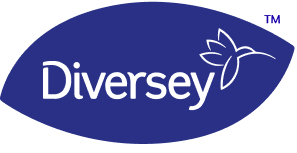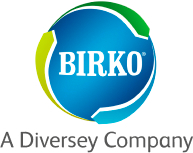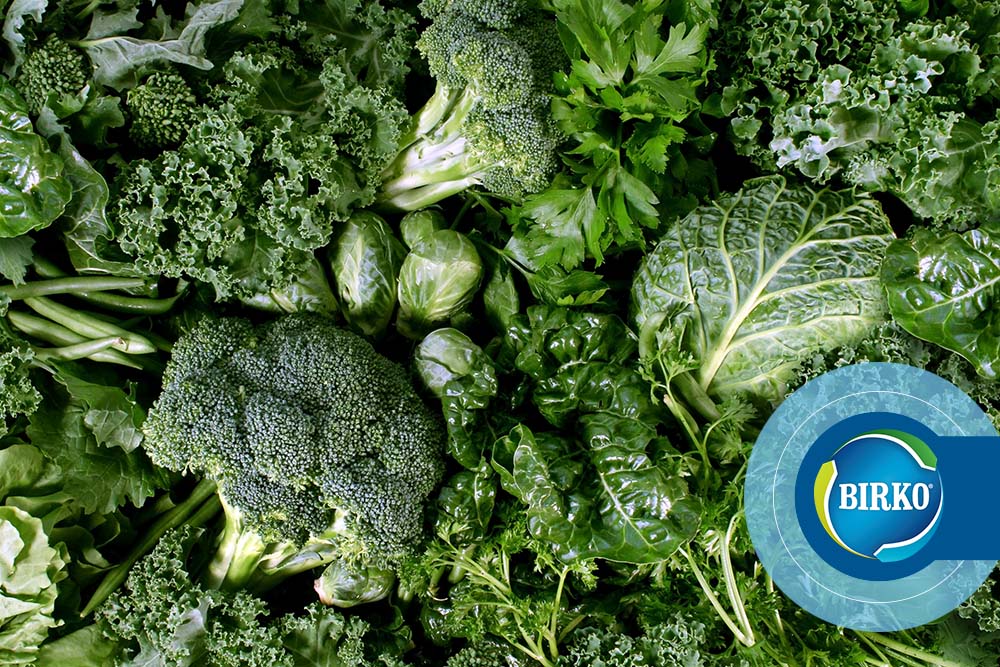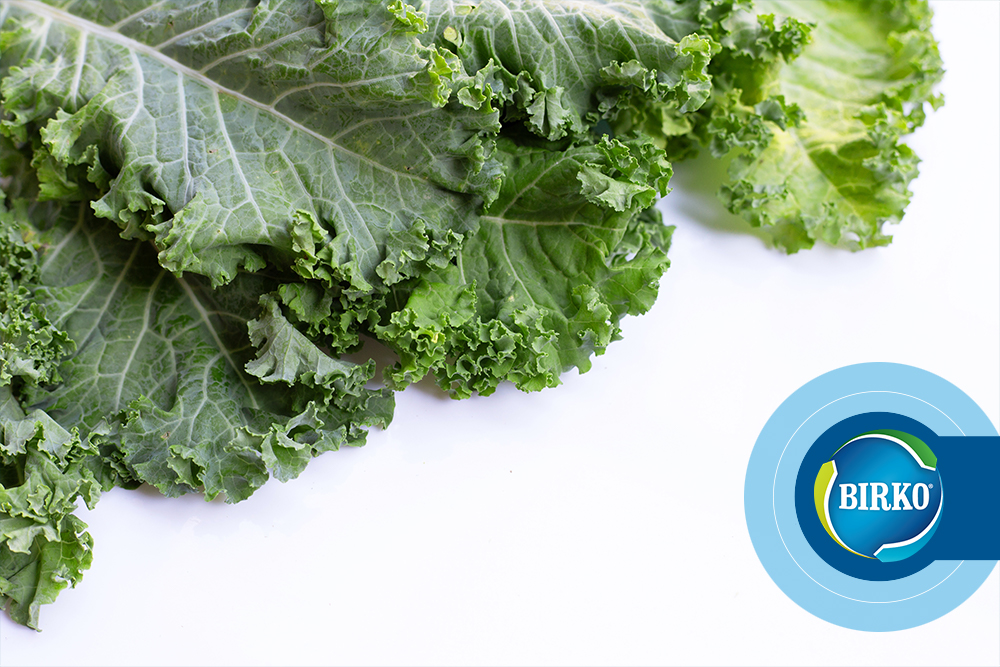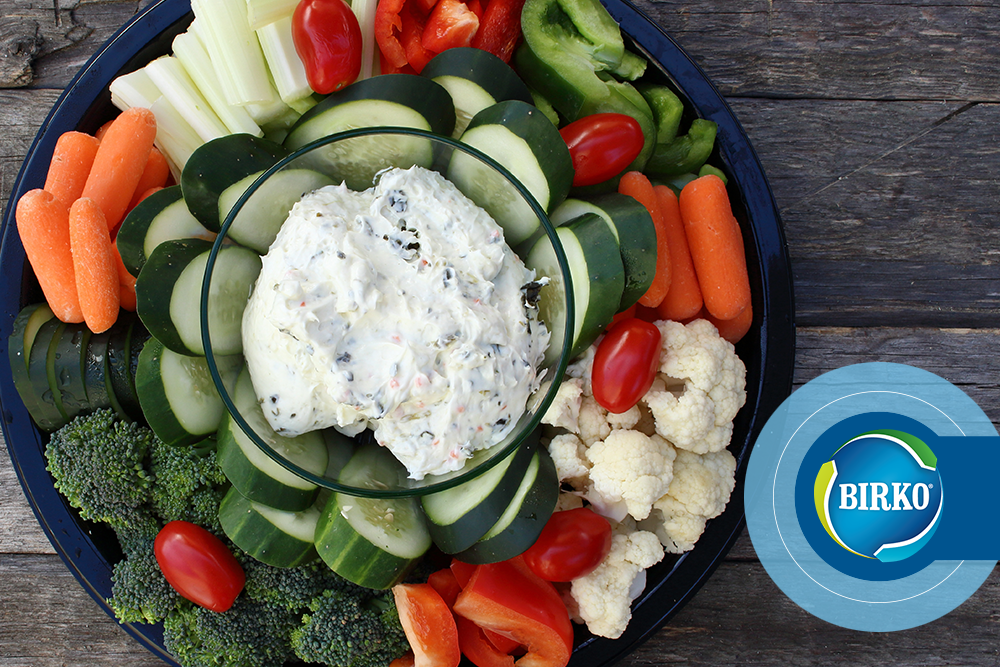Last month, Dr. Elis Owens and I attended the Center for Produce Safety’s 2014 Produce Research Symposium in Newport Beach, Calif. CPS is affiliated with the University of California, Davis, and since 2008, has invested more than $13.6 million into 85 research programs on produce food safety. At the annual Symposium, scientists from across the country report on their produce safety research.
The opening session focused on “Safe and Sustainable Water” and the challenges we all face with this precious vital resource. Those folks who live and work in the arid western regions of the United States are all too familiar with the challenges agriculture faces when water is in short supply. We’ll be posting the CPS Five Year Review on Agricultural Water soon here on the Birko site.
In addition to sessions on agricultural water, the Symposium also covered quantitative microbial risk assessment (QMRA), transference to produce, postharvest interventions, microbial testing, converting research into food safety practices, and some interesting up-and-coming intervention technologies. One of the technologies being explored for full-scale commercialization to treat irrigation water is the use of zero valent iron (ZVI), which was presented by Kalmia Kniel of the University of Delaware.
Probably the most entertaining presentation of the entire event had to be the work on the ecological role of dung beetles and their effect on E. coli 0157:H7, given by Matthew Jones of Washington State University. He had the crowd on the edge of their seats as he discussed his research on white-tailed deer in the Northeast.
Some of the postharvest interventions reported on included the use of hot-water surface pasteurization of netted melons and the use of ozone wash systems for iceberg lettuce, presented by Trevor Suslow of the University of California, Davis. Also interesting is Nitin Nitin’s work to evaluate direct measurements on the oxidative stress of microbes as a tool to monitor wash water sanitizer efficacy. Karen Killinger of Washington State University presented her group’s work on sanitation of tree fruit storage bins, which included a comparison of both age and bin material. This work is still in the early stages and given the ongoing debate in the industry, we look forward to seeing what the results yield.
The first session addressed the challenges of converting research into operational food safety practices. To assist in this process, the Produce Marketing Association hosted a follow-up event “Fresh Connections: Food Safety An Insider’s Guide to CPS 2014 Research.” Dr. Jim Gorny, vice president of food safety and technology for PMA, and Dr. Bob Whitaker, PMA’s chief scientific officer, summarized the key highlights from the two-day CPS Symposium. This gave attendees a road map they could take back to their individual organizations in order to implement improvements in each of their food safety programs.
We look forward to attending again next year and seeing what new science comes out in Atlanta at the 2015 Symposium!
View a summary of CPS’ key learnings.
